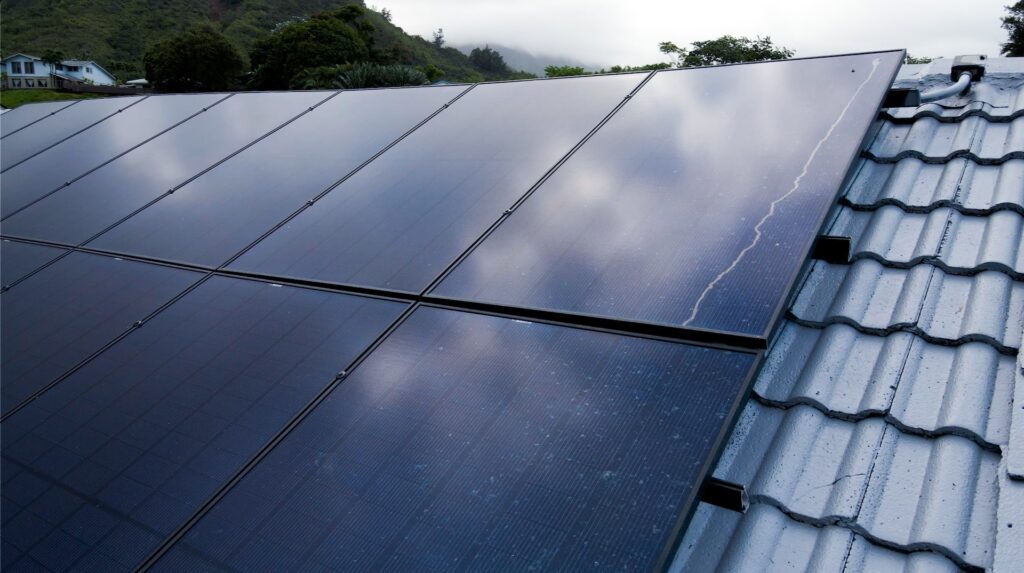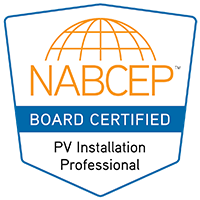Everything Homeowners Need to Know When Upgrading Solar Panels
We understand that your solar journey may involve making many important choices, which can lead to different routes to consider. You might be thinking about simply installing solar panels or perhaps adding a battery system as well. Questions like “How many panels do I need?” or “Is a more expensive battery worth it?” are common. Ultimately, the best option comes down to what fits your specific needs.
Let’s say you already have a solar panel system on your house and you run into the option of upgrading your panels. Whether you’re considering adding more panels to an existing system or upgrading your current setup, we’re here to help. Upgrading your solar panels is an important step in ensuring your home remains energy-efficient. We’ll walk you through solar panel upgrades, helping you make informed decisions that benefit both you and your family.
What Does Upgrading a Solar System Involve?
Upgrading your solar system can take various forms, each with its own advantages. Let’s break it down:
Solar Panel Repair
Solar panel repair is about fixing any issues your current panels might have. This could include replacing damaged cells or fixing connection problems. Keeping your panels in good shape ensures they continue to operate efficiently, extending their lifespan and maintaining your energy savings.
Adding Solar Panels to an Existing System
Adding solar panels to your existing system can boost your energy production. This involves integrating new panels with your current setup, which may require compatibility checks and possibly new equipment. It’s a great way to meet increasing energy demands and further reduce your utility bills.
Removal and Reinstallation of Solar Panels
Sometimes, solar panels need to be temporarily removed and reinstalled, such as during roof repairs or renovations. Solar panel removal and reinstall must be handled carefully to avoid damage and ensure optimal performance once reinstalled.
How Can You Tell If Your Solar Panels Need Updating?
Recognizing the signs that your solar panels need an upgrade can enhance your solar experience as a whole. Here are a few indicators to look out for:
Your Current System Doesn’t Fulfill Your Needs
If your energy needs have increased and your current system can’t keep up, it might be time to add more panels or upgrade to a more powerful system. Can you add solar panels to an existing system? Absolutely. Compare your energy consumption with your system’s output to determine if you need more power.
Changes in Your Utility Bills
Sudden increases in your utility bills could indicate that your solar panels aren’t performing as efficiently as they should. This decrease in efficiency might mean your system needs repairs, additional panels, or a complete upgrade.
Utilizing Your Solar Monitoring App
Your solar monitoring app is a valuable tool for tracking your system’s performance. If you notice a significant drop in power production compared to the kilowatts imported from the grid, it’s a sign that your system might need an upgrade.

When Is It Better to Buy a New Solar System Instead of Upgrading?
Solar systems typically last about 25-30 years. If your system is over 20 years old, you might want to consider replacement solar panels rather than just upgrading. New systems offer improved efficiency and technology, providing better long-term savings and reliability.
What Happens to Your Old Panels If You Get New Ones?
When you replace your old panels, you have options: you can reuse them for other purposes, recycle them to reclaim valuable materials, or sell them if they’re still functional. Many companies, including ours, offer recycling programs to ensure old panels are disposed of responsibly. And if you’re a NEM Plus customer, there are specific benefits you might be eligible for.
Things to Look Out For When Upgrading Your Solar System
Upgrading your solar system involves several considerations to ensure you make the most of your investment.
Changes in Incentives
Upgrading your system could affect your eligibility for certain incentives, like feed-in tariffs. Check current policies to understand how changes to your system might impact your benefits.
Prepare for Changes
Adding new panels to your existing system might require different equipment and incur additional costs. Make sure your new panels are compatible with your current setup and plan for any necessary modifications.
Limitations of Roof Space
Assess your available roof space before adding more panels. If your only available space is on less effective areas, such as the northern part of your roof, you might not achieve the desired increase in energy production.
Additional Considerations
As discerning homeowners, you may also want to consider the warranty and support options available for new panels, the reputation of the installation company, and the potential impact on your property value.
Ready to upgrade your solar system? Independent Energy Hawaii is here to help you navigate the process with transparency and expertise. Contact us today for a consultation!






